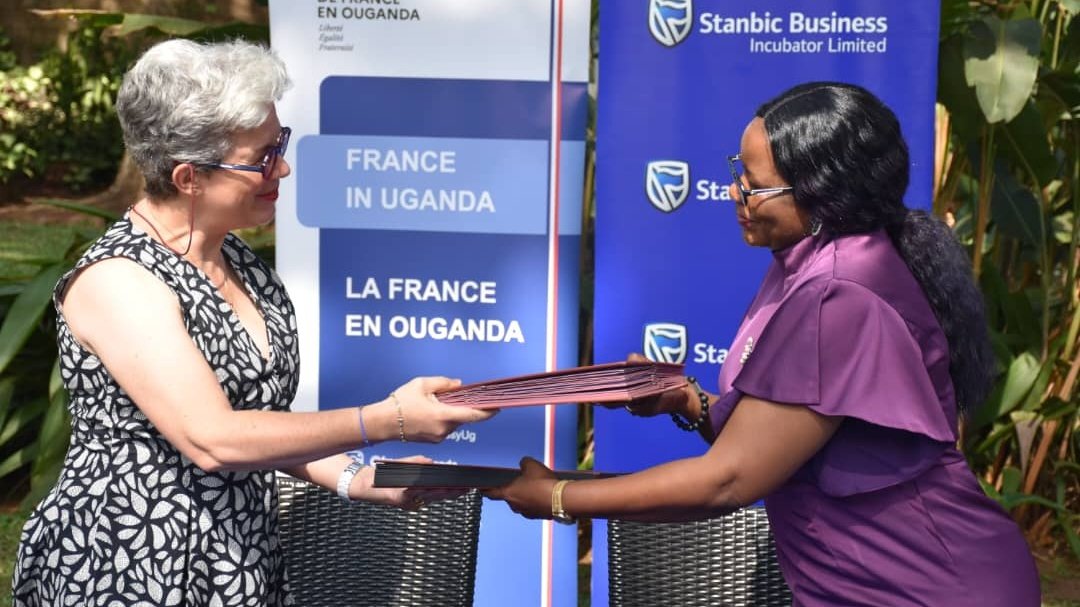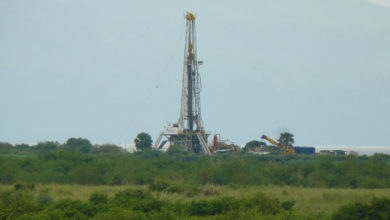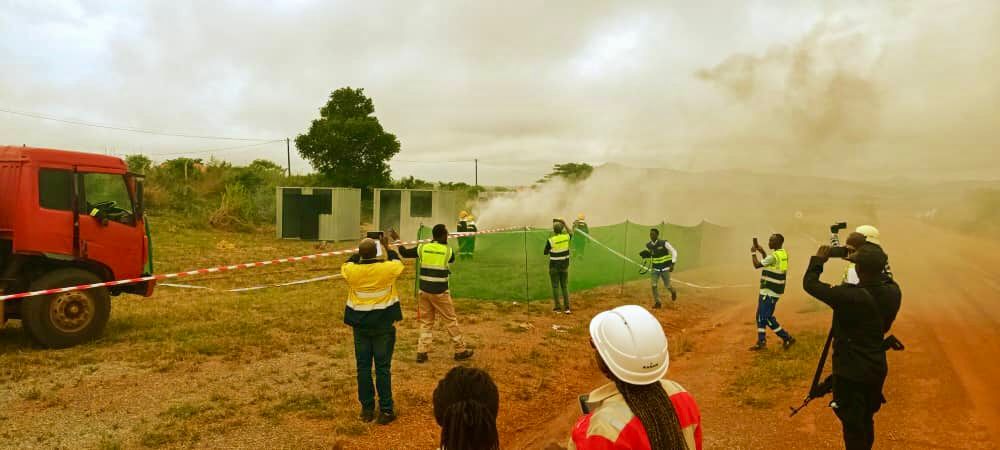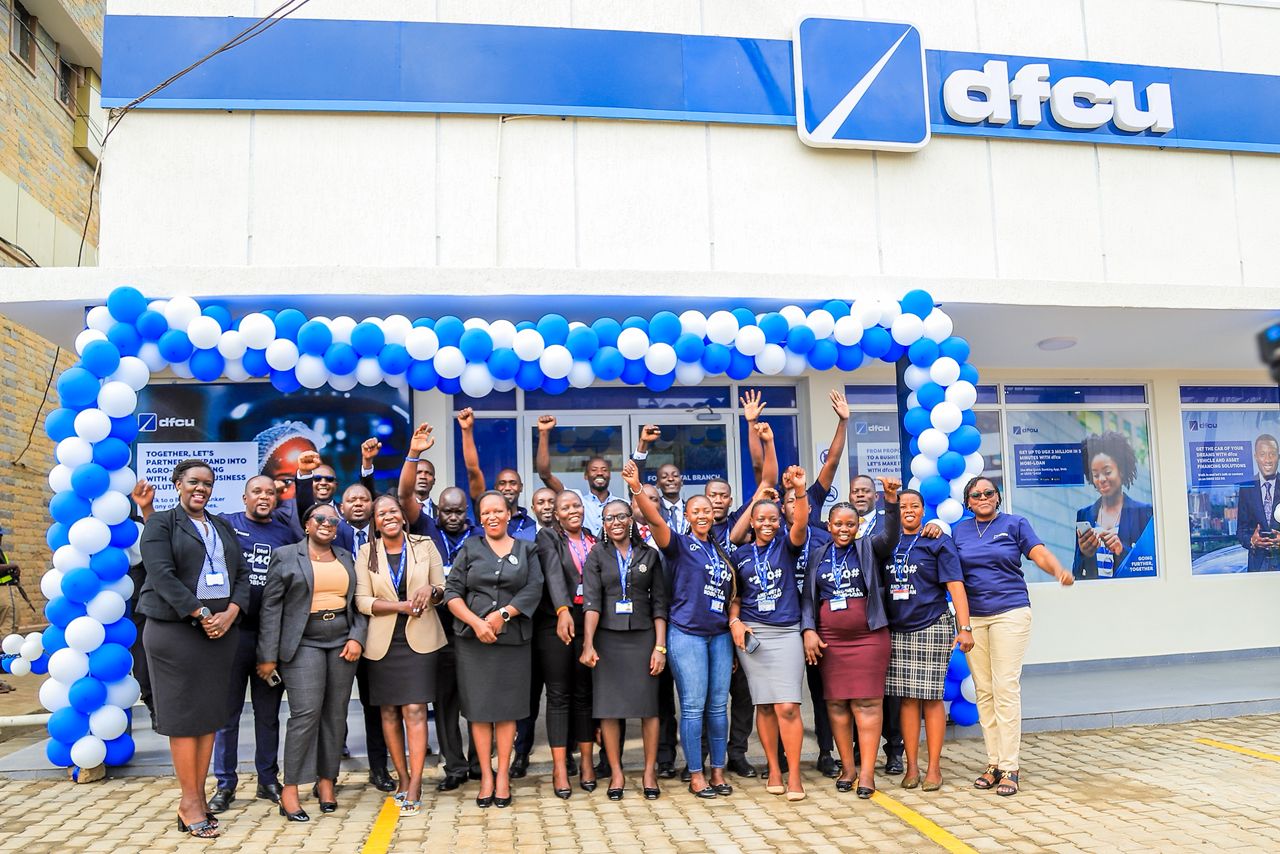Govt reduces power tariffs in attempt to spur industrialization
Government is putting in effort to have a progressive and gradual end-user tariff reduction to support industrialization for socio-economic transformation and improved welfare of society.

Government is putting in effort to have a progressive and gradual end-user tariff reduction to support industrialization for socio-economic transformation and improved welfare of society.
This was revealed by Ruth Nankabirwa, the Minister in charge of Energy and Mineral Development, at Uganda Media Centre, while announcing the 2023 Electricity End-User Tariffs.
According to the minister, the effort to reduce the end-user tariff remains a key aspiration of the country as an enabler of industrialisation for social and economic transformation.
She noted that government, with support from the World Bank, is to implement the Energy Access Scale-Up Project (EASP) to support over 1,360,000 households, Industrial Parks, SMEs and refugees and host communities to get connected to electricity under the Electricity Connection Policy (ECP).
“I congratulate you all for the announced weighted average tariff reduction of 1.2% that speaks to the government’s efforts for progressive gradual end-user tariff reduction to support industrialization,” she noted.
According to ERA board chairperson Dr. Sarah Wasagali Kanaabi, the tariffs for lifeline 15units for domestic consumers have been maintained at Shs250 per unit just like the ending 4th quarter 2022.
In the first quarter which runs from January 1 to March 30, domestic consumers who use beyond 15units (16-80units) will enjoy a reduced tariff of Shs808.9 per unit down from Shs820.9 per unit under the expiring 4th quarter 2022.
Those who will use between 81-150units per month, will pay Shs412 while those above 150units will be charged Shs808.9 per unit.
As for Commercial consumers, they will on average pay Shs624.6 per unit, Shs820.3 during peak hours, Shs628.3 shoulder and Shs380.2 off peak.
The medium Industrial consumers will pay 472.3 per unit (average), Shs646.9 peak, Shs476.8 Shoulder and Shs255.4 during off peak.
Large Industrial consumers will pay Shs386.3 (average), Shs521.3 peak, Shs387.2 and off-peak Shs245.5 per unit.
Extra large Industrial consumers will pay Shs326.6 (average), Shs431.1 peak, Shs328.2 shoulder and off-peak Shs234.9.
As for street lighting, ERA has maintained the tariffs at Shs370 per unit.
Nankabirwa highlighted that government has packaged a number of programs to accelerate electricity connections and enhance access to power supply in the country.
Under the hybrid customer connection financing framework, the minister noted that government has reduced the cost of a no-pole new customer connection, from UGX 720,883 to UGX 470,000 through a subsidy of UGX 250,883 for each no-pole connection.
Government through the Uganda Development bank, has provided a credit line of UGX 270,000 for those who are unable to pay a lump sum of UGX 470,000.
Therefore, a customer that is located near an electricity pole can now make a down payment of UGX 200,000 to get connected to electricity and clear the balance of UGX 270,000, through a 15 percent charge on their energy purchases over a period of eight years.







